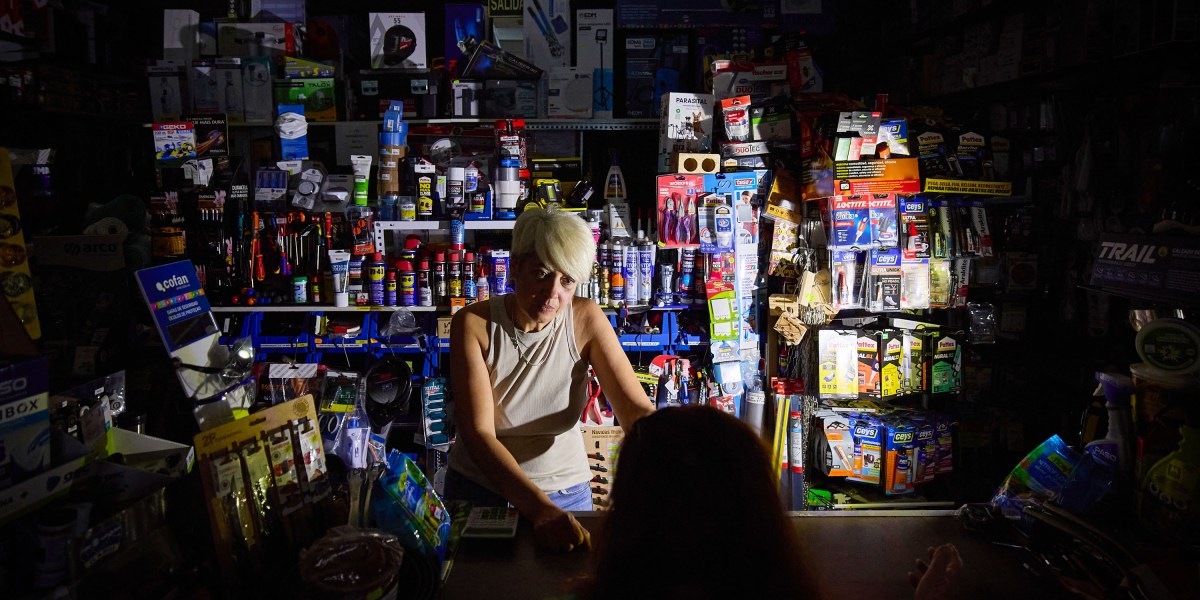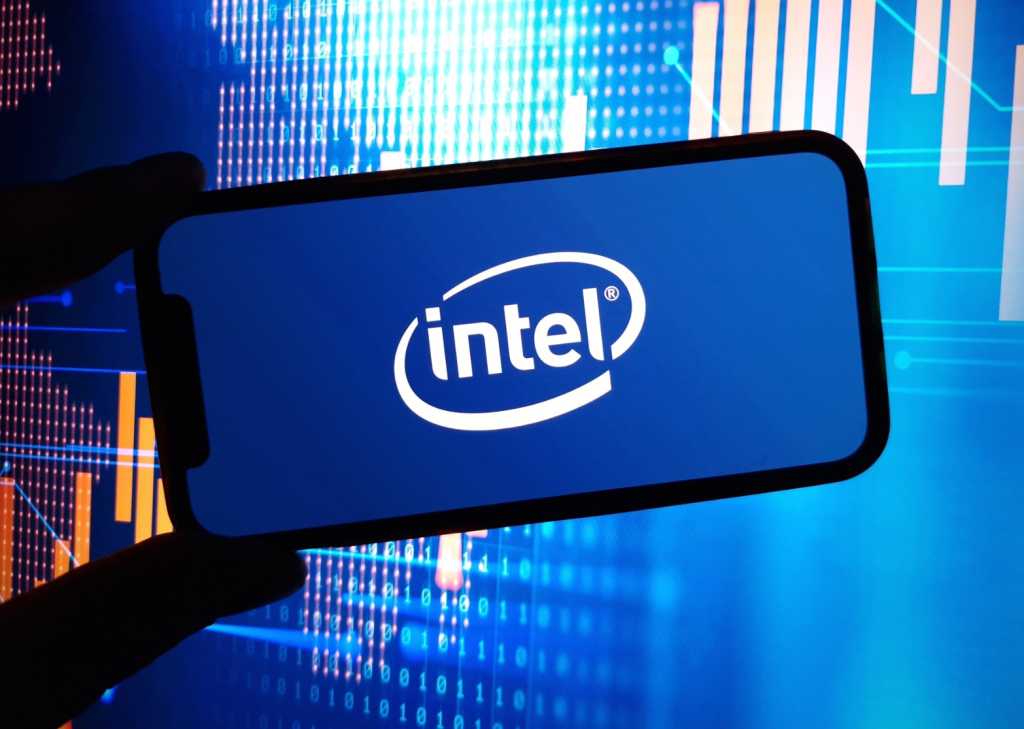
At roughly midday on Monday, April 28, the lights went out in Spain. The grid blackout, which extended into parts of Portugal and France, affected tens of millions of people—flights were grounded, cell networks went down, and businesses closed for the day.
Over a week later, officials still aren’t entirely sure what happened, but some (including the US energy secretary, Chris Wright) have suggested that renewables may have played a role, because just before the outage happened, wind and solar accounted for about 70% of electricity generation. Others, including Spanish government officials, insisted that it’s too early to assign blame.
It’ll take weeks to get the full report, but we do know a few things about what happened. And even as we wait for the bigger picture, there are a few takeaways that could help our future grid.
Let’s start with what we know so far about what happened, according to the Spanish grid operator Red Eléctrica:
- A disruption in electricity generation took place a little after 12:30 p.m. This may have been a power plant flipping off or some transmission equipment going down.
- A little over a second later, the grid lost another bit of generation.
- A few seconds after that, the main interconnector between Spain and southwestern France got disconnected as a result of grid instability.
- Immediately after, virtually all of Spain’s electricity generation tripped offline.
One of the theories floating around is that things went wrong because the grid diverged from its normal frequency. (All power grids have a set frequency: In Europe the standard is 50 hertz, which means the current switches directions 50 times per second.) The frequency needs to be constant across the grid to keep things running smoothly.
There are signs that the outage could be frequency-related. Some experts pointed out that strange oscillations in the grid frequency occurred shortly before the blackout.
Normally, our grid can handle small problems like an oscillation in frequency or a drop that comes from a power plant going offline. But some of the grid’s ability to stabilize itself is tied up in old ways of generating electricity.
Power plants like those that run on coal and natural gas have massive rotating generators. If there are brief issues on the grid that upset the balance, those physical bits of equipment have inertia: They’ll keep moving at least for a few seconds, providing some time for other power sources to respond and pick up the slack. (I’m simplifying here—for more details I’d highly recommend this report from the National Renewable Energy Laboratory.)
Solar panels don’t have inertia—they rely on inverters to change electricity into a form that’s compatible with the grid and matches its frequency. Generally, these inverters are “grid-following,” meaning if frequency is dropping, they follow that drop.
In the case of the blackout in Spain, it’s possible that having a lot of power on the grid coming from sources without inertia made it more possible for a small problem to become a much bigger one.
Some key questions here are still unanswered. The order matters, for example. During that drop in generation, did wind and solar plants go offline first? Or did everything go down together?
Whether or not solar and wind contributed to the blackout as a root cause, we do know that wind and solar don’t contribute to grid stability in the same way that some other power sources do, says Seaver Wang, climate lead of the Breakthrough Institute, an environmental research organization. Regardless of whether renewables are to blame, more capability to stabilize the grid would only help, he adds.
It’s not that a renewable-heavy grid is doomed to fail. As Wang put it in an analysis he wrote last week: “This blackout is not the inevitable outcome of running an electricity system with substantial amounts of wind and solar power.”
One solution: We can make sure the grid includes enough equipment that does provide inertia, like nuclear power and hydropower. Reversing a plan to shut down Spain’s nuclear reactors beginning in 2027 would be helpful, Wang says. Other options include building massive machines that lend physical inertia and using inverters that are “grid-forming,” meaning they can actively help regulate frequency and provide a sort of synthetic inertia.
Inertia isn’t everything, though. Grid operators can also rely on installing a lot of batteries that can respond quickly when problems arise. (Spain has much less grid storage than other places with a high level of renewable penetration, like Texas and California.)
Ultimately, if there’s one takeaway here, it’s that as the grid evolves, our methods to keep it reliable and stable will need to evolve too.
If you’re curious to hear more on this story, I’d recommend this Q&A from Carbon Brief about the event and its aftermath and this piece from Heatmap about inertia, renewables, and the blackout.
This article is from The Spark, MIT Technology Review’s weekly climate newsletter. To receive it in your inbox every Wednesday, sign up here.




















